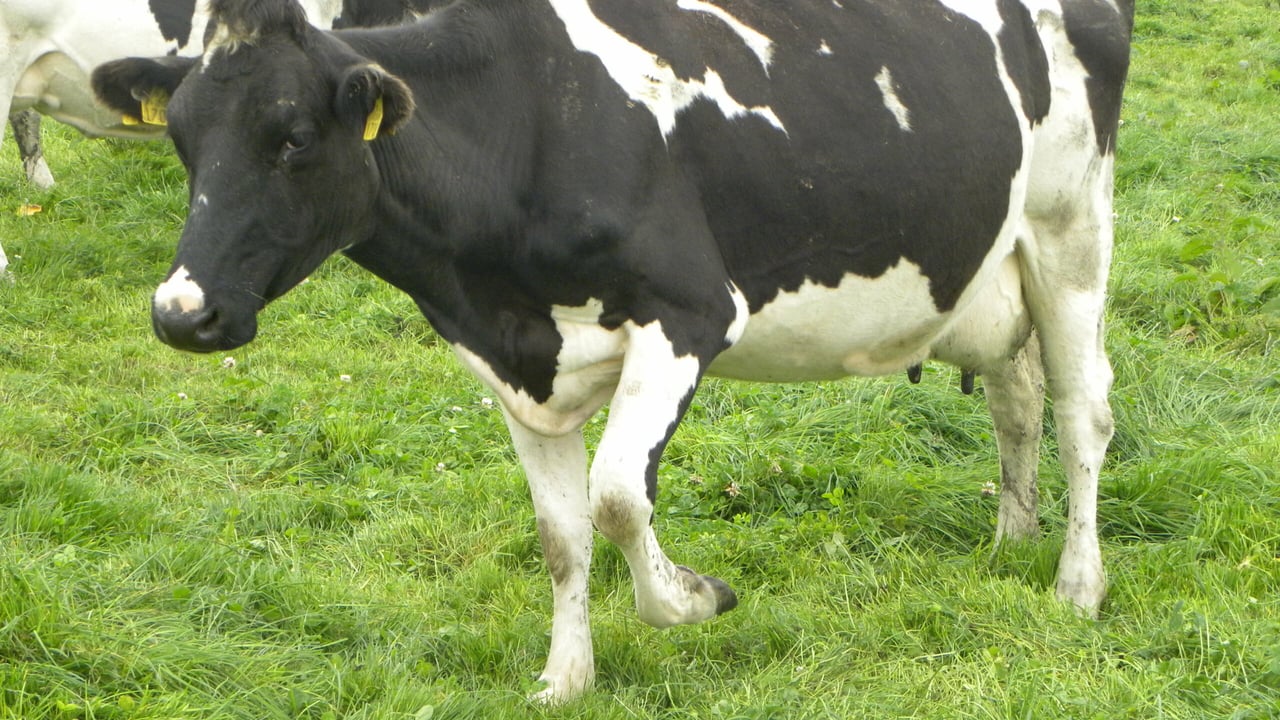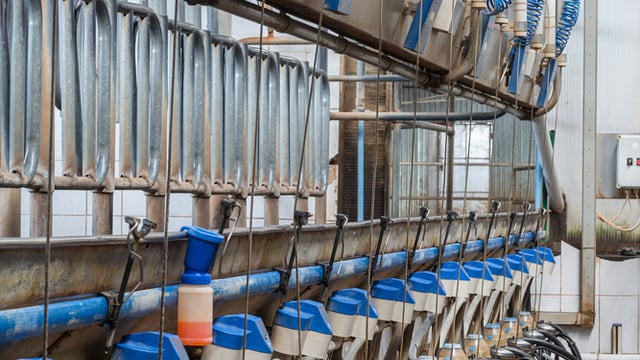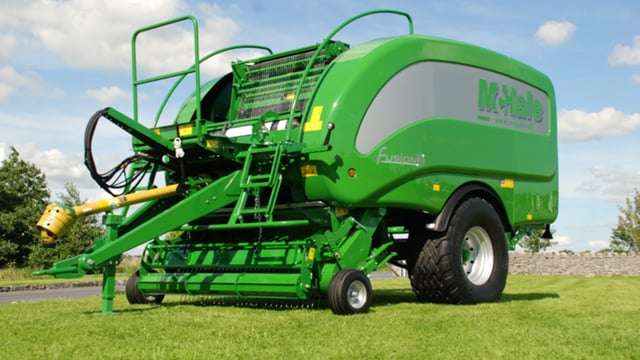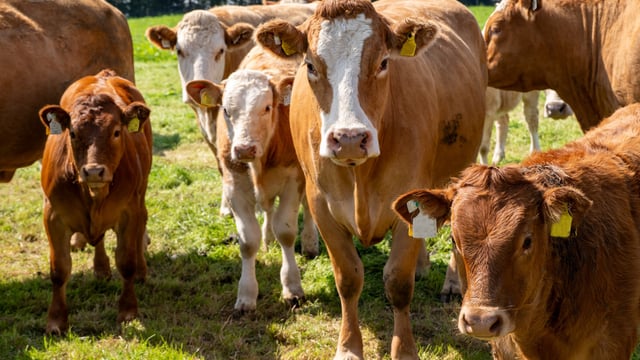Ostertagia levels running high in spring 2015 - Glanbia
Glanbia’s bulk milk disease screening service showed high levels of Ostertagia in dairy herds in spring 2015, Glanbia says.
Ostertagia is one of the most economically significant parasites of cattle, the worms live in the animal’s stomach and intestines where they cause damage to the gut wall, it says.
The gut wall damage caused by the worm leads to reduced feed intakes by the animal and reduced feed uptake by the gut, it says.
Glanbia says that for young stock this will cause significantly reduced weight gains while in dairy cows, body condition scores and milk production will be reduced.
If the brown stomach worm remains uncontrolled, herd performance is greatly reduced and some animals may die, it says.
Animals will pick up the worms at grazing, from early in the year (April and May), according to Glanbia.
Anthelmintic treatments should be used early in the season to reduce worm burdens on the pasture and minimise the milk production loss and any fertility effects, it advises.
Animals will develop an immunity to ostertagia after several years of exposure to the parasite and this means that older cows in the herd are unlikely to develop the worm scour that can be seen in younger animals, it says.
Glanbia says that while they may not get a scour, where there are high worm burdens on pasture (causing high positive bulk milk readings), the dry matter intakes of even the older cows will be affected and therefore treatment is warranted.
Treatment options for lactating animals
Remember
- Almost all herds are testing positive for ostertagia from bulk milk screening tests, with spring 2015 results particularly high.
- Where ostertagia is active in a herd (low positive result on BMDS), control it in the young cows (first and second lactation) with a licensed wormer early in the grazing season (May/early June).
- If the screening results are high positive (greater than 0.8 on BMDS report), treating all of the cows will increase DMI and milk production.



